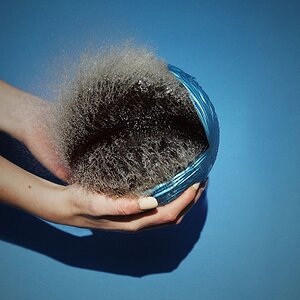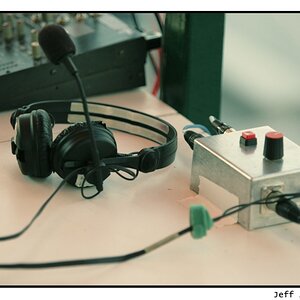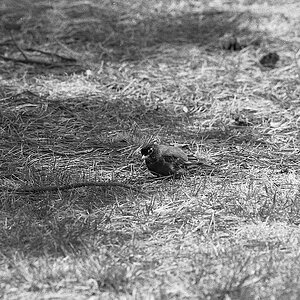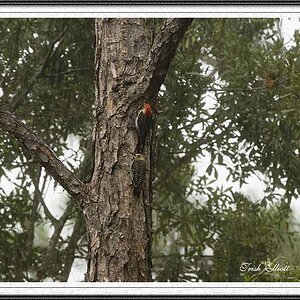I was watching a video where someone was shooting HDR photography for real estate and they did a few things that I didn't quite understand based on a few specific scenarios. All shots were setup with a 2 stop spread (+2, 0, -2).
Scenario 1: There was a room with some very dark furniture. In order to capture the detail within the shadows of the dark furniture the user dropped his brackets down a full stop. With HDR the brighter exposure will be the one revealing the detail in the shadow areas, so wouldn't you move the overall brackets up making the scene brighter to see the shadow areas?
Scenario 2: Similarly the user was outside of a house in broad daylight. The exterior door was dark, and he moved his brackets up. So much so that the brightest exposure looked fairly washed out.
It seems like the overall rule he was following was bright and sunny bump the brackets up, very dark objects (furniture) move the brackets down. But this just seems counter intuitive to me for reasons that I already stated. Is the user right in his practices, if so why?
Many thanks for the clarification.
Scenario 1: There was a room with some very dark furniture. In order to capture the detail within the shadows of the dark furniture the user dropped his brackets down a full stop. With HDR the brighter exposure will be the one revealing the detail in the shadow areas, so wouldn't you move the overall brackets up making the scene brighter to see the shadow areas?
Scenario 2: Similarly the user was outside of a house in broad daylight. The exterior door was dark, and he moved his brackets up. So much so that the brightest exposure looked fairly washed out.
It seems like the overall rule he was following was bright and sunny bump the brackets up, very dark objects (furniture) move the brackets down. But this just seems counter intuitive to me for reasons that I already stated. Is the user right in his practices, if so why?
Many thanks for the clarification.
Last edited:


![[No title]](/data/xfmg/thumbnail/41/41778-1940e957c27e1919c300dfedbc32d1c3.jpg?1619739889)



![[No title]](/data/xfmg/thumbnail/35/35664-428352d20c8015248f9625e246c3581c.jpg?1619737089)
![[No title]](/data/xfmg/thumbnail/41/41782-daa26990361bf4193a874908bda10dbb.jpg?1619739891)

![[No title]](/data/xfmg/thumbnail/41/41779-303c41fcb3e37507cbe986d76dbfcf85.jpg?1619739890)
![[No title]](/data/xfmg/thumbnail/39/39511-592cbd68b1d797ffce7e41e4fbfed890.jpg?1619739066)
![[No title]](/data/xfmg/thumbnail/38/38735-2245cc1b04db3f96fa74095ae14558a6.jpg?1619738703)

